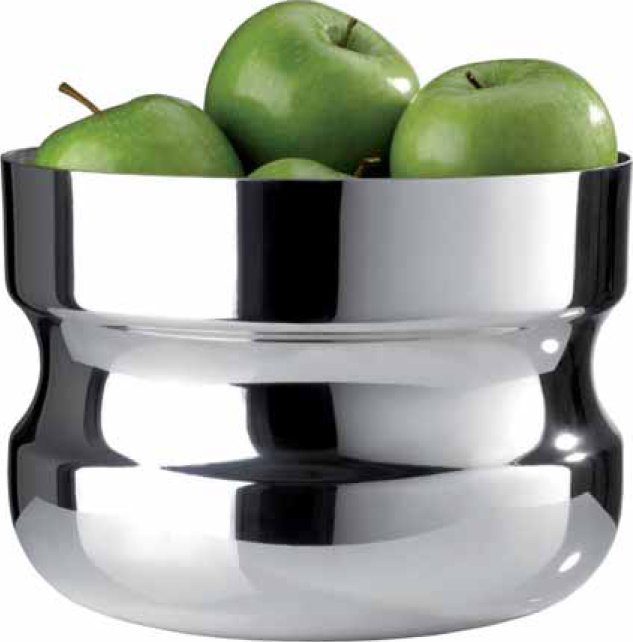If the word traditional were a material it might be pewter. I am not sure why, but to me pewter is associated with being a medieval English material. Indeed, it is difficult to find any uses of pewter in contemporary design; unlike other metals it has associations that are more historical than modern. Visit any of the pewter industry websites and they are all steeped in the traditional values of craftsmanship. For example, pewter has a strong association with tankards and other products of antiquity, possibly due to the fact it has been used since at least Egyptian times.
In terms of its technical attributes, pewter’s most distinguishing feature is its malleability, which comes from the high proportion – at least 85 per cent – of tin, with the remainder being a mixture of copper, antimony and a very small touch of bismuth; the copper and antimony add hardness to the otherwise soft tin. The Romans made pewter with approximately 70 per cent tin and 30 per cent lead; however, the proportion of tin varies greatly according to geographical and historical types. Fine pewter, for example, contains up to 95 per cent tin.
Miranda Watkins is one of the few contemporary designers using pewter in her work, and she has produced a range of tableware that finally moves pewter away from its connections with traditional products like the tankard.
Image: Groove bowl by Miranda Watkins

Key features
•Very malleable
•Achieves a high polish
•Non-toxic
•Does not tarnish
•Recyclable
•Relatively low melting point 250ºC (482ºF)
Sources
Although China is the world’s largest producer of tin, the UK’s pewter industry has its strongest presence in Sheffield.
Cost
£30 ($20) per kg.
Sustainability issues
Clearly, such ingredients as lead and antimony are serious issues in modern pewter and are no longer used. Pewter is recyclable.
Production
According to the Worshipful Company of Pewterers, Pewter can be formed by the gravity method, cast in moulds of bell metal, steel or sand, cast with centrifugal casting or cast using rubber or silicone moulds. Its malleability also means that sheets of pewter can be cold-formed, rolled, spun on a lathe, pressed and hand formed. After production, pewter parts can be hardened by annealing, quenching and tempering.
Typical applications
Dishes, old-fashioned tankards and ornaments and, in particular, church ornaments occupy the largest areas of application for pewter.
| + | – |
|
–Malleable –Doesn’t tarnish –Achieves a high polish –Recyclable |
–Can suffer from negative associations concerning past production processes |
